Up and down the Kennebec Valley: Agriculture – Part 4
by Mary Grow
Cattle
Continuing with the agricultural theme, this article will move readers north on the west bank of the Kennebec River from Sidney to Waterville and will focus on 19th-century cattle breeders.
Samuel Boardman and E. P. Mayo, in their chapters on agriculture in Henry Kingsbury’s Kennebec County history and Rev. Edwin Whittemore’s history of Waterville, respectively, provided lists of Waterville’s pioneer cattle-breeders, partly but not entirely overlapping.
Both historians mentioned Dr. Nathaniel Rogers Boutelle (June 13, 1821 – Nov. 23, 1890). Dr. Boutelle was previously included in this series in the Nov. 24, 2022, article on local graduates of Jefferson Medical College.
Mayo wrote that Boutelle’s father, Hon. Timothy Boutelle, was one of the two men responsible for bringing Ayrshire cattle into the area. (The other was John D. Lang, of Vassalboro.) Nathaniel Boutelle and William Pitt Addison Dillingham (see last week’s article) were among early importers of Jerseys, “now so popular among us.”
Dr. Boutelle was active in town affairs. Chapters in the history of Waterville list him as, in 1839, one of Waterville’s first fire-fighters; in 1866, one of 19 members of the legislatively-chartered Ticonic Water Power and Manufacturing Company that in 1868 oversaw building of the Lockwood dam; and in 1873, among organizers of the Waterville Library Association.
In 1875 he and his wife, Mary (Keely) Boutelle (April 6, 1833 – Feb. 14, 1920), were members of the committee (including several other women) who decided where to locate the Soldiers’ Monument honoring Civil War dead. From 1884 until his death, Boutelle was president of Waterville’s Ticonic National Bank (his father was president of the older Ticonic Bank from 1832 to 1855; in 1902 his son George was president of Ticonic National Bank).
* * * * * *
Availability of Ayrshire and Jersey cattle, plus Devons (introduced by Joseph Percival and his brother) and Durhams (imported by Col. Reuben H. Green or Greene, of Winslow), meant that “many of our farmers of moderate means were able to obtain valuable specimens of their several breeds, and the success of agricultural operations in this vicinity are [sic] largely due to them,” Mayo said.
Joseph Percival (Jan 31, 1813 – Feb. 7, 1898) was the second son of William Percival (1786 – 1859), who came from Massachusetts to Winslow in 1804 and in 1807 moved to Cross Hill, in Vassalboro, where he farmed for the rest of his life. William married Elizabeth “Betsey” Fairfield (Feb. 26, 1785 – Oct. 13, 1858) on Dec. 20, 1805.
Four of William and Betsey’s eight children were boys, all of whom were involved, to some extent, in agriculture. Warren, the youngest (March 27, 1819 – July 19, 1877), stayed in Vassalboro and bred Cotswold sheep, Mayo wrote. Sumner (1805, or c. 1808 – July 23, 1869), Joseph and Homer (March 27, 1816 – Apr 6, 1898) moved north to Waterville.
Two different historians, Mayo (above) and Kingsbury, made references to Joseph “and his brother,” without naming the brother. Kingsbury said Joseph “and his brother” ran a general store from 1835 to 1859; then Joseph went into farming, specializing in breeding Jersey cattle (and Cotswold sheep, Mayo said).
After the Maine legislature incorporated the North Kennebec Agricultural Society on July 1, 1847, Mayo wrote, Joseph Percival was its first treasurer and Sumner Percival was a trustee. Sumner Percival was the society’s second president, and a later president was Joseph Percival (though since no date was given, he could have been a son or nephew of the first treasurer).
The Oct. 16, 1862, issue of The Eastern Mail (found on line at Colby College’s ever-helpful Digital Commons) listed prize-winners at the North Kennebec Agricultural Society’s annual exhibition. Homer Percival’s Devon heifer got second place for dairy cows, and his undescribed cow placed fourth; and in a separate heifer judging, his three-year-old took first place in that age category.
Joseph and Sumner were both in Waterville’s earliest fire department, with Dr. Boutelle. Joseph held many municipal offices, including first selectman for at least one term around 1861, and served three terms as Waterville’s representative to the Maine legislature, in 1850-52 and again in 1861 (the 30th, 31st and 40th sessions).
Sumner and Homer worked primarily as bankers. Sumner was cashier of the Ticonic Bank and later first cashier of the Peoples’ Bank, organized in 1855. Homer succeeded Sumner at Peoples’ Bank in 1859; was the first treasurer of Waterville Savings Bank, organized in May 1869; and when three banks merged to become People’s National Bank in March 1865, he became that bank’s cashier, serving until 1893. His son, J. Foster Percival, succeeded him and held the position when the bicentennial history was finished in 1902.
* * * * * *
In the chapter he wrote on Waterville in the Kennebec County history, Kingsbury credited George Eaton Shores (March 27, 1812 – May 14, 1910) with bringing the first Hereford cattle to the central Kennebec area, working with Hall Burleigh (then of Fairfield, according to Mayo, and later of Vassalboro). Shores is also on Boardman’s list of agricultural pioneers.
Shores, Kingsbury wrote (in 1892), “belongs to a class of men who stand at the very sources of national prosperity, but whose ranks in New England are becoming alarmingly thin—the successful farmer.” Mayo called him “one of the men who has ever been in the front rank of agricultural effort in this section.”
Active enough at 91 to ride in the 1902 centennial parade, he was identified in another chapter in Whittemore’s history as “the oldest citizen who was a native of Waterville.”
Shores was the younger son of James Shores, who in 1809 bought a 200-acre farm in western Waterville (by 1892 partly in Oakland). Kingsbury wrote that James raised his son to be a farmer, and George “liked it, stuck to it, has given it the intelligent, faithful service of a life-time, for which devotion it has given him pleasant occupation, a handsome competence and a vigorous, happy old age.”
George Shores inherited the family farm in 1856. By 1867, Mayo said, he had made it one of the best farms in town; but he left it to move to “the village as it was then called,” buying 160 acres that included Oak Hill.
(Whittemore’s description says Shores bought “most of the land between College and Main streets, from the railroad station to the top of Main street hill.” This information should be helpful to those who remember where the Waterville railroad station used to be, on the east side of College Avenue about where the Mid-Maine Homeless Shelter now stands.)
Shores’ Herefords won many prizes at fairs, Kingsbury and Mayo wrote. He sold one pair of white-faced yearling steers for $300, a sum Kingsbury called “surprising” and Mayo called “astonishing.”
Shores and his first wife, Sophia (Wyman) Shores (April 12, 1810 – Feb. 22, 1855), had seven children, of whom only one, Amasa (1839-1926), was still alive in 1892 and was “a farmer on the old homestead.” (Consumption, or tuberculosis, killed the other children, and Sophia died of the same disease, according to Kingsbury.)
Cattle breeds raised in Central Maine
Ayrshires are dairy cattle, originally from Ayrshire in southwestern Scotland. The first Ayrshires in America came to New England in the 1820s.
Wikipedia describes Ayrshires as medium-sized; white and red, with the red varying from “a shade of orange to a dark brown”; and capable of producing up to 20,000 pounds of milk a year. The article summarizes information from an Ayrshire Cattle Society paper to say that they are popular because of their “longevity, hardiness, and easy calving.”
The Devon, named after a county in southwestern England, has a more complicated history. An on-line history of Red Devon cattle says Julius Caesar found their ancestors when he invaded Britain in 55 B. C. The article says they “were possibly brought by the Phoenicians, around four hundred years earlier, to trade for Cornish tin.”
A New South Wales (Australia) government website calls the breed “prehistoric and thought to be descended from the original cattle in Britain.”
Wikipedia distinguishes American Milking Devons, North Devons and South Devons. The article on American Milking Devons says in 1624 Edward Winslow brought “three heifers and a bull” to the Plymouth Colony. The Australian website says the breed’s “hardiness and practicality” made them a logical import for the colonists.
These animals’ descendants spread along the east coast. In the early 1800s, other British breeds were imported and cross-bred to improve the stock, especially in New England where the breed was concentrated. Devons were used as draft animals and to provide both milk and meat.
Durhams are commonly called Shorthorns. The breed was developed by crossbreeding in Durham county in northeastern England in the late 1700s. An on-line history says brothers named Charles and Robert Colling started by breeding cows named Cherry, Duchess, Strawberry and Old Favourite with a bull named Hubback.
The on-line Encyclopedia Britannica describes breed characteristics as “short horns, blocky conformation, and colour ranging from red, red with white markings, white, or roan resulting from a mixture of red and white hairs.”
The first Durhams imported into the United States came to Virginia in 1783; an on-line source says the breed “became favorites of the pioneer, furnishing meat, milk and power.”
The Hereford, yet another red cow with white (in the 1700s and now; in the 1800s, interbreeding produced some that were grey or grey and white), came to America from Herefordshire in England’s West Midlands. One source says the breed probably was “founded on the draught ox descended from the small red cattle of Roman Briton and from a large Welsh breed once numerous along the border of England and Wales.”
Various sources agree that Kentucky politician Henry Clay brought the first three Herefords to the United States in 1817, where they spread rapidly. Herefords are primarily beef cattle.
Jerseys are dairy cows valued for their milk, which is high in butterfat and protein. They are fairly small; their coats come in shades of brown, with fawn common.
Originally from the English Channel island of Jersey, and probably descended from imports from Normandy, Jerseys were recognized as a separate breed around 1700, Wikipedia says. Information varies on when Jerseys first came to America. One site says colonists brought them in 1657; three others date the first imports to the 1850s.
Main sources
Kingsbury, Henry D., ed., Illustrated History of Kennebec County Maine 1625-1892 (1892).
Whittemore, Rev. Edwin Carey, Centennial History of Waterville 1802-1902 (1902).
Websites, miscellaneous.
CORRECTION: In this article, the location of Waterville Railroad Station is incorrect. It should have said, the Waterville railroad station was located on what is now an empty lot, on the west side of College Ave., to make room for Colby St. circle where it intersects with Chaplin St., near Burger King. The railroad tracks that cross Chaplin St. are an indication of where the train terminal was located. The locomotive pictured in this 1920s photo, is located where the train tracks cross Chaplin St.
Responsible journalism is hard work!
It is also expensive!
If you enjoy reading The Town Line and the good news we bring you each week, would you consider a donation to help us continue the work we’re doing?
The Town Line is a 501(c)(3) nonprofit private foundation, and all donations are tax deductible under the Internal Revenue Service code.
To help, please visit our online donation page or mail a check payable to The Town Line, PO Box 89, South China, ME 04358. Your contribution is appreciated!


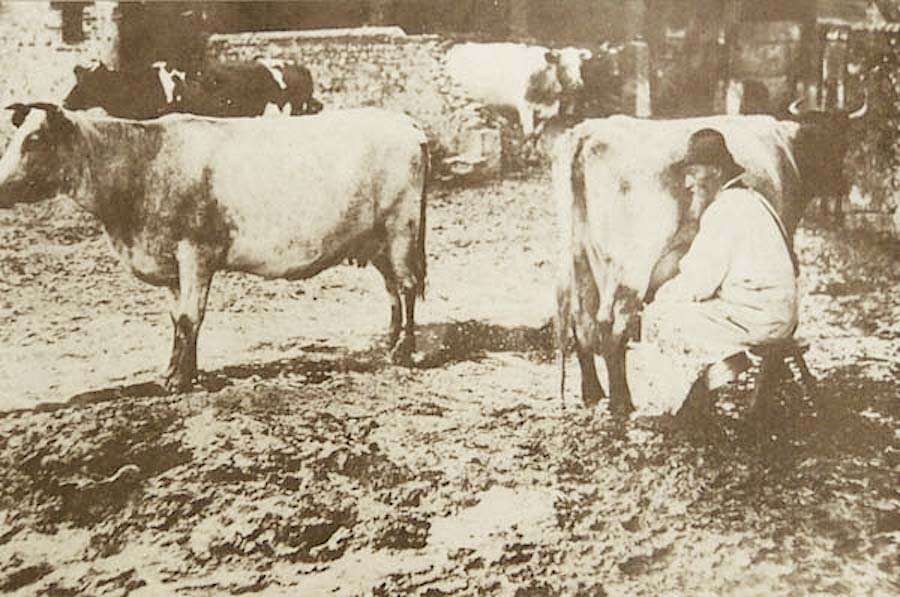
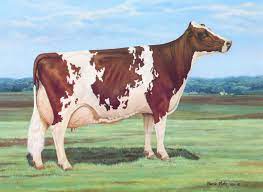
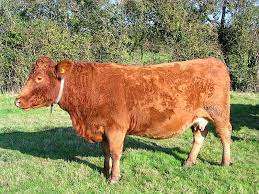
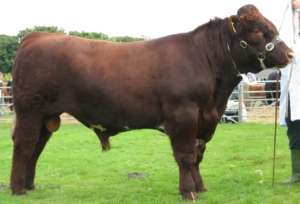
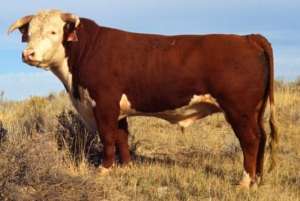
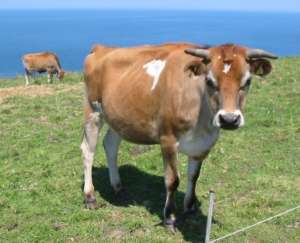
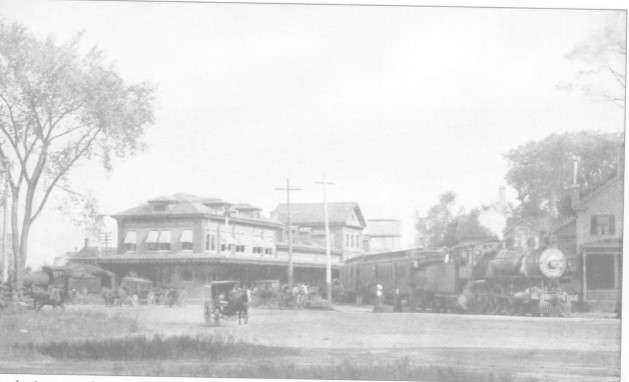


Leave a Reply
Want to join the discussion?Feel free to contribute!